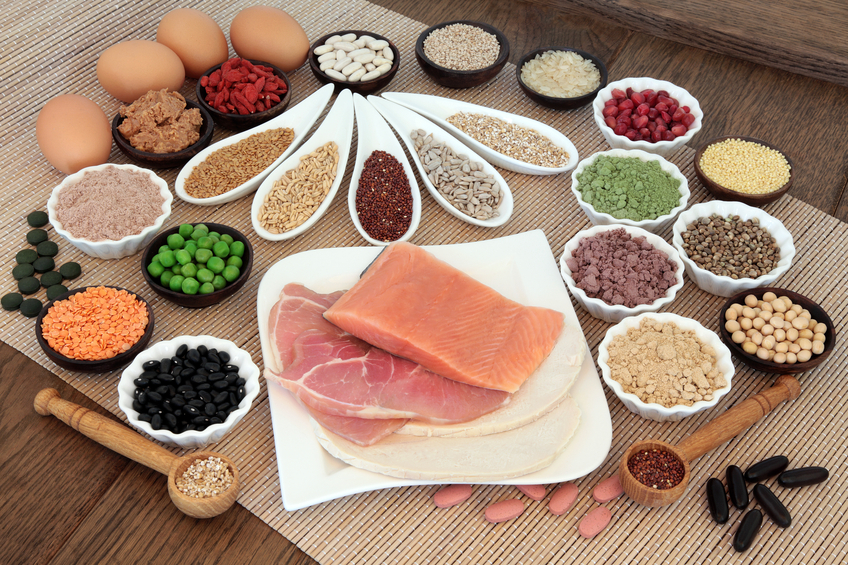How can we reduce the carbon footprint of our diets? Substituting meat with these high-protein, low-carbon foods can help.
Agriculture is one of the most environmentally disruptive human activities, accounting for 50 percent of our carbon dioxide emissions.

As the world’s population is expected to grow to 10 billion by 2050, the competing needs to guarantee food security while reducing our greenhouse gas (GHG) emissions challenge us to consume more environmentally-friendly foods without sacrificing nutrition.
10 PROTEINS WITH LOW CARBON EMISSIONS
1. LENTILS
The versatile lentil is both high-fibre and high-protein while also low-carbon (.84 kg /100 g protein) and all around has a positive impact on the environment when farmed sustainably.
2. PEAS
Peas are widely known for being efficient sources of protein – accounting for a quarter of their weight, while only producing 0.44 kg of carbon emissions per 100 grams of protein.
3. NUTS
The growing and harvesting of nuts generally releases minimal carbon dioxide into the atmosphere – 0.26kg per 100g protein on average. Yet, not all nuts have the same environmental impact: almonds, cashews and pistachios, for example, release higher CO2 emissions than peanuts or hazelnuts.

4. TOFU (SOY)
When sourced sustainably, tofu (made from soy) is a high-protein source with a low-environmental impact, releasing less than two kg of CO2 per 1000 g of protein.
While many sources have decried that the demand for tofu has caused further deforestation in Latin America, only six percent of the soy that is produced goes towards human consumption, while over 70 percent is used for animal feed.
5. SEEDS
High-protein seeds, such as chia, pumpkin, hemp and flaxseeds are environmentally friendly sources of nutrients. Seeds require much less water to grow than most other proteins (80 percent less than beef and 20 percent less than pistachios), and they actually have a very low carbon footprint. This is because plants, such as the hemp plant, absorb more CO2 from the air than is emitted during their harvesting and packaging.
6. OATMEAL
Apart from producing little GHG emissions, oats are often grown over winters as a cover crop to conserve and replenish soil quality.
Since oats are conservation tilled, their harvesting causes minimal soil erosion or carbon dioxide releases from the soil. They also help pulses and beans grow more efficiently when planted in rotation.

7. EGGS
Chicken eggs provide large amounts of protein, as well as other important nutrients, while having a relatively-low environmental impact compared to other animal byproducts.
8. SPIRULINA
Spirulina is a highly nutritious blue-green algae with an uncommonly high protein content – over 70 percent of its weight is protein, more than twice as much as beef. It also contains higher concentrations of nutrients than beef, such as iron and calcium.
9. LAB-GROWN MEAT
While most nations have yet to pass regulations regarding cell-based meat, this option is slowly being explored as a sustainable alternative to raising and slaughtering animals. Instead, scientists effectively ‘grow’ muscles and tissues in a lab by providing nutrients to the cells to replicate.
10. INSECTS
Insects are a promising alternative source of protein that can help reduce carbon emissions and provide environmental benefits. Compared to traditional livestock farming, insect farming requires significantly less land, water and feed and produces fewer greenhouse gas emissions.











